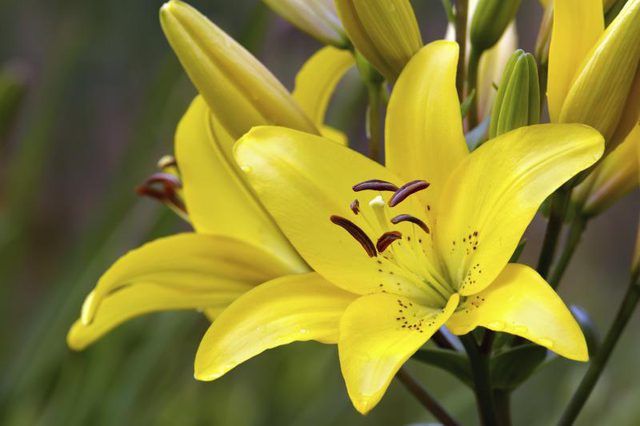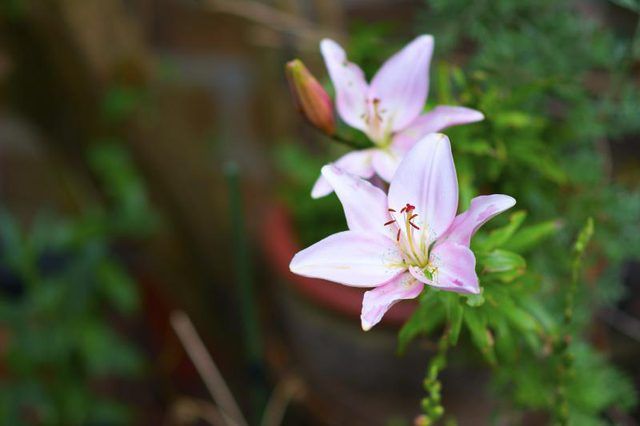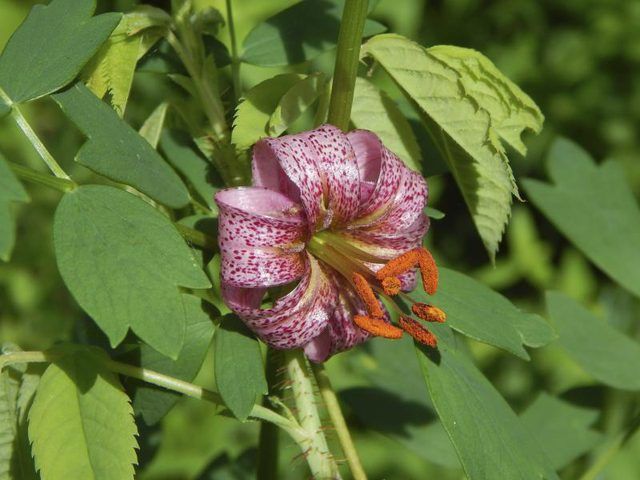Bulbs
Flower Basics
Flower Beds & Specialty Gardens
Flower Garden
Garden Furniture
Garden Gnomes
Garden Seeds
Garden Sheds
Garden Statues
Garden Tools & Supplies
Gardening Basics
Green & Organic
Groundcovers & Vines
Growing Annuals
Growing Basil
Growing Beans
Growing Berries
Growing Blueberries
Growing Cactus
Growing Corn
Growing Cotton
Growing Edibles
Growing Flowers
Growing Garlic
Growing Grapes
Growing Grass
Growing Herbs
Growing Jasmine
Growing Mint
Growing Mushrooms
Orchids
Growing Peanuts
Growing Perennials
Growing Plants
Growing Rosemary
Growing Roses
Growing Strawberries
Growing Sunflowers
Growing Thyme
Growing Tomatoes
Growing Tulips
Growing Vegetables
Herb Basics
Herb Garden
Indoor Growing
Landscaping Basics
Landscaping Patios
Landscaping Plants
Landscaping Shrubs
Landscaping Trees
Landscaping Walks & Pathways
Lawn Basics
Lawn Maintenance
Lawn Mowers
Lawn Ornaments
Lawn Planting
Lawn Tools
Outdoor Growing
Overall Landscape Planning
Pests, Weeds & Problems
Plant Basics
Rock Garden
Rose Garden
Shrubs
Soil
Specialty Gardens
Trees
Vegetable Garden
Yard Maintenance
Types of Lilies
Types of Lilies. Many garden plants called lilies are masquerading under a false name. Although they might come from corms, tubers or bulbs, they're not true lilies. A true lily (Lilium spp.) comes from a bulb consisting of fleshy scales joined together at the bottom by a tough basal plate, which grows the roots. The usually large flowers have six...
Many garden plants called lilies are masquerading under a false name. Although they might come from corms, tubers or bulbs, they're not true lilies. A true lily (Lilium spp.) comes from a bulb consisting of fleshy scales joined together at the bottom by a tough basal plate, which grows the roots. The usually large flowers have six petals and six long stamens. Today's garden lilies are mostly hybrids bred from over 110 species of wild lilies that grow in temperate areas of the northern hemisphere. The over 9,000 kinds of hybrid lilies are grouped according to which parent species were hybridized to produce the garden plants.

These easy-to-grow, early-blooming lilies have a variety of flower forms and come in red, white, yellow, pink, orange and purple. Usually not fragrant, they come from lilies native to Asia and are hardy in U.S. Department of Agriculture plant hardiness zones 4 through 9. Flower stalks are 3 to 4 feet tall, with abundant flowers that can face up, hang down or point sidewards, depending on the particular hybrid.

Rather than the more open flowers of other types, trumpet lilies have narrower, elongate, tubular flower bases that then flare out, similar to the musical instrument. These lilies can grow to 6 feet tall and often need to be staked. The heavy, waxy flowers have a strong scent. Softer colors of yellow, apricot, pink, plum and white predominate. They are perennials in USDA zones 5 through 9.

Fragrant, large blooms of Oriental lilies, which are hardy in USDA zones 4 through 8, with some individual variation, come in white and shades of pink, crimson and salmon. They bloom later than other types, appearing in late summer. The popular pink "Stargazer" lily falls in this category and is hardy in USDA zones 4 through 9. Orientals need lots of moisture, a rich soil and will tolerate partial shade.

Also known as Turk's cap lilies, martagon hybrids often have dark spots against basic petal colors of orange, red, pink, yellow, white and purple. The petals curve sharply backward. Held on 3- to 4-feet-tall stems, the flowers are smaller than other lily types and point down. Martagons have cold-hardy parents and are hardy in USDA zones 3 through 9. This type lily isn't as widely grown as Asiatic and Oriental types.

The longiflorum type consists primarily of lilies grown as pot plants rather than garden plants, but it's familiar because it contains the popular Easter lily (Lilium longiflorum), which is perennial in USDA zones 4 through 9. New lily types arise as plant breeders are successful in producing seed from novel crosses. Two more recently created groups are Orienpet hybrids, a cross between Oriental and trumpet lilies, and L.A. hybrids, results of crossing longiflorum and Asiatic lilies. Orienpet lilies grow in USDA zones 3 through 6. L.A. hybrids became available in 1992 and are hardy in USDA zones 3 through 9.
